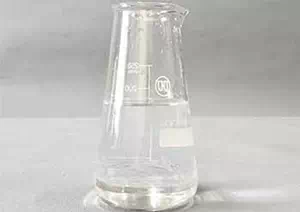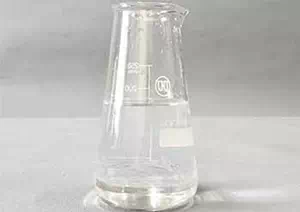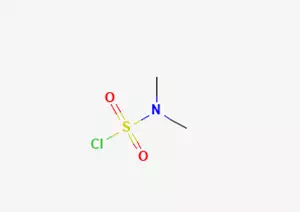All Categories



Dimethylsulfamoyl Chloride CAS 13360-57-1,Dimethylsulfamoyl Chloride, CAS 13360-57-1
Dimethylsulfonamide chloride (CAS 13360-57-1), as a highly active sulfonylation reagent, is indispensable in the fields of medicine, pesticides and fine chemicals. It is widely used but highly dangerous, and safety regulations must be strictly followed.
CAS : 13360-57-1
Formula : C2H6ClNO2S
Mol. wt. : 143.59
EINECS : 236-412-4
| CAS | 13360-57-1 |
| Molecular formula | C2H6ClNO2S |
| Molecular weight | 143.59 |
| EIENCS | 236-412-4 |
| Form | / |
| Melting point | Minus 13°C |
| boling point | 114°C75 mm Hg |
| Density | 1.337 g/mL at 25°C |
| Solubility | |
| PKA | -8.25±0.70(Predicted) |
| Color | / |
| Storage temp |
Chemical Name: Dimethylsulfanyl chloride (also known as dimethylaminosulfonyl chloride, dimethylsulfanyl chloride, dimethylthionyl chloride)
Molecular formula: C₂H₆ClNO₂S
Molecular weight: 143.59 g/mol
CAS Number: 13360-57-1
EINECS number: 236-412-4
Dimethylsulfonamide chloride (CAS 13360-57-1), as a highly active sulfonylation reagent, is indispensable in the fields of medicine, pesticides and fine chemicals. It is widely used but highly dangerous, and safety regulations must be strictly followed.
1.Pharmaceutical synthesis
Key intermediates: The core structures used in the synthesis of diuretics such as uricurate, analgesics such as propyl and antibiotics.
Case: Used as a sulfonylation reagent in cardiovascular drugs (such as the heart disease treatment drug developed by Pfizer).
2. Pesticide manufacturing
Function: To produce highly effective and low-toxicity insecticides (such as products from Monsanto) and herbicides. In 2022, the consumption of the pesticide industry accounted for 30% of global demand.
3. Fine chemicals
Polymers and dyes: Used in the synthesis of high-performance coatings (BASF), plastic additives and dye intermediates.
Electronic materials: Used as sulfonylation reagents in semiconductor cleaning processes.
Danger
Health risk
Corrosiveness: Contact with skin or eyes can cause severe burns.
Toxicity: Inhaling the vapor can cause respiratory tract damage (R26: extremely toxic upon inhalation).
Carcinogenicity: May cause cancer (R45).
Environmental risk: It is polluting to water bodies and soil.
Protective measures
Operating requirements
Ventilate the closed system. Wear gas masks, acid and alkali resistant gloves and goggles.
Avoid contact with water, strong alkali or reducing agents (which may release toxic gases).
Storage conditions
Protected by inert gas (such as nitrogen) at 2-8 °C, humidity <75%.
Transportation identification
Dangerous goods transportation code: UN 3390 (Class 6.1 /PG Ⅲ).
* Prompt reply and 24 hours online, professional team to provide best price and high quality product.
* Sample testing support.
* Every batch of products will be tested to ensureits quality.
*The packing also can be according the customers` requirment.
*Any inquiries will be replied within 24 hours.
*we provide Commerical Invoice, Packing List, Bill of loading, COA , Health certificate and Origin certificate. If your markets have any special requirements, let us know.